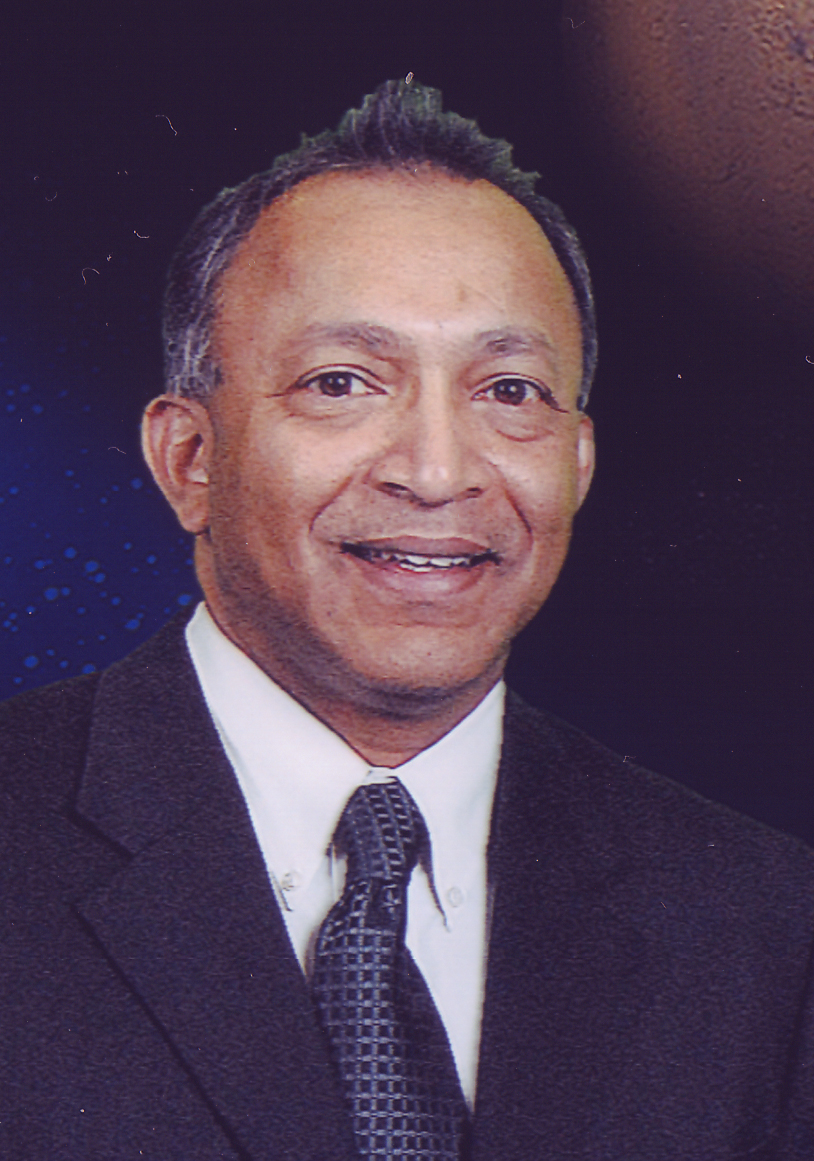An Approach to Gravity Modification as a Propulsion Technology
Date: 2009-07-18 Time: 07:00 - 09:00 US/Pacific (1 decade 5 years ago)
America/Los Angeles: 2009-07-18 07:00 (DST)
America/New York: 2009-07-18 10:00 (DST)
America/Sao Paulo: 2009-07-18 11:00
Europe/London: 2009-07-18 14:00
Asia/Colombo: 2009-07-18 19:30
Australia/Sydney: 2009-07-19 01:00 (DST)
Where: Online Video Conference
This video conference used DimDim, now a private company.
The meeting can be replayed by clicking this link:
watch the meeting recording
Description
Gravity modification as a portable non-mass effect is feasible. Contemporary experiments such as HFGW and LIGO require mass to model gravitational acceleration and gravitational waves. A different approach to gravitational acceleration, and thus space propulsion technologies is presented here. This paper proposes that gravitational acceleration on any particle is the effect of the deformation of the shape and mass of the particle due to non-inertia transformations present in that local region of the gravitational field. The analytical formulation and numerical integration has led to the discovery of a new formula for gravitational acceleration, g = ?c2, that is neither a function of the mass of the gravitational source nor a function of gravitational waves; where ? is a function of the time dilation present in the local gravitational field. This formula has been tested and verified to be correct in the gravitational fields of the nine planetary bodies in our Solar System, and the Sun; mechanical acceleration, and electromagnetic fields. Thus leading to the inference that g = ?c2 is the generic formula for all non-nuclear force fields. The true power of this definition of gravitational acceleration lies in the fact that it now lends itself to a portable technology, as mass is no longer required to derive acceleration. This new relationship for acceleration, describes how an electron moving in a magnetic field causes a force on the electron, and explains why the electron velocity, magnetic field and resulting force relationship is orthogonal. This electron model would be the basis for future propulsion technologies.



